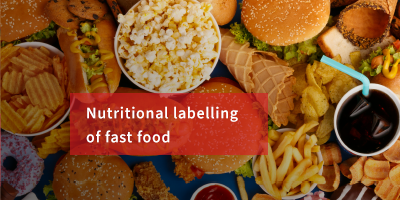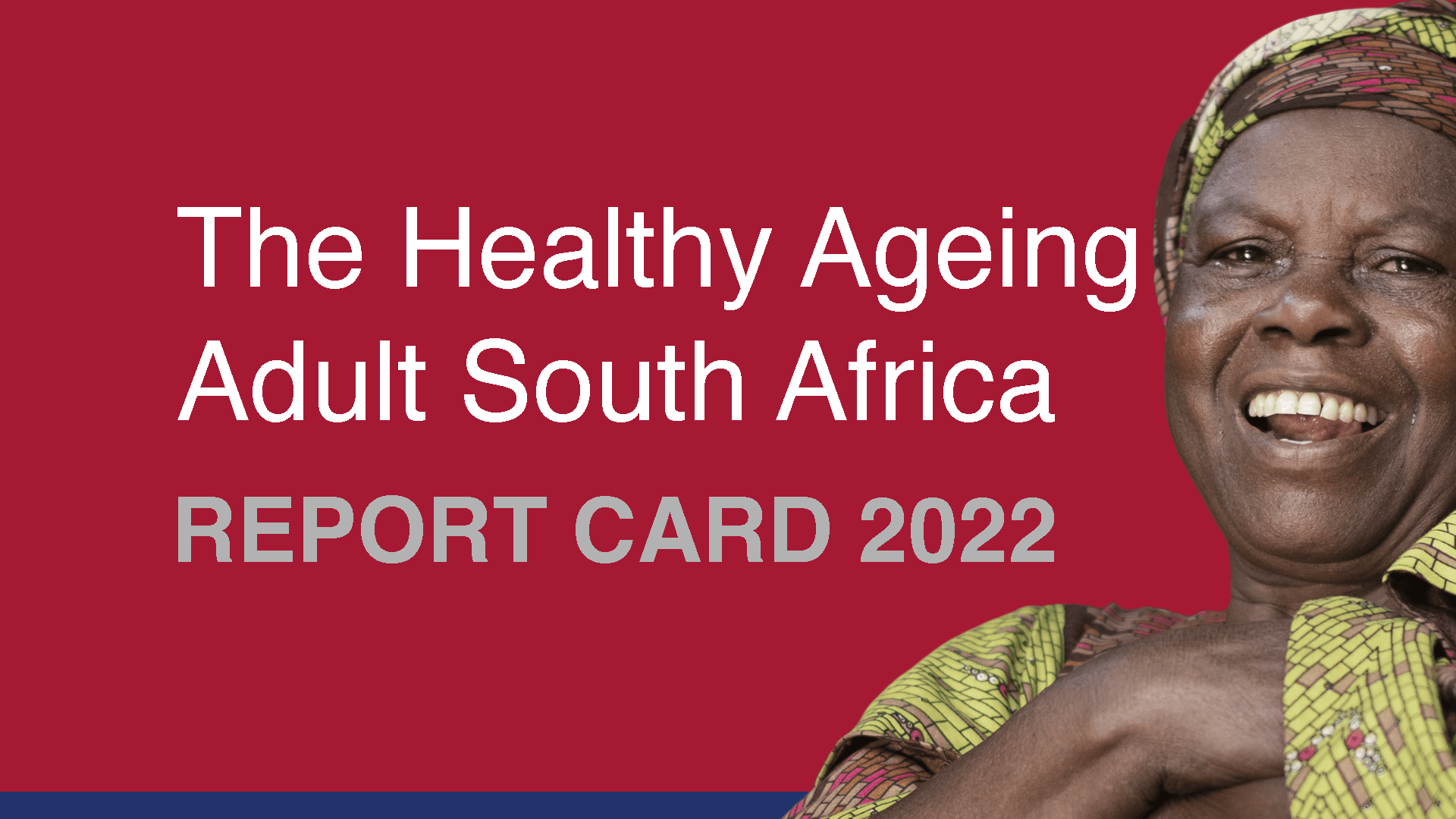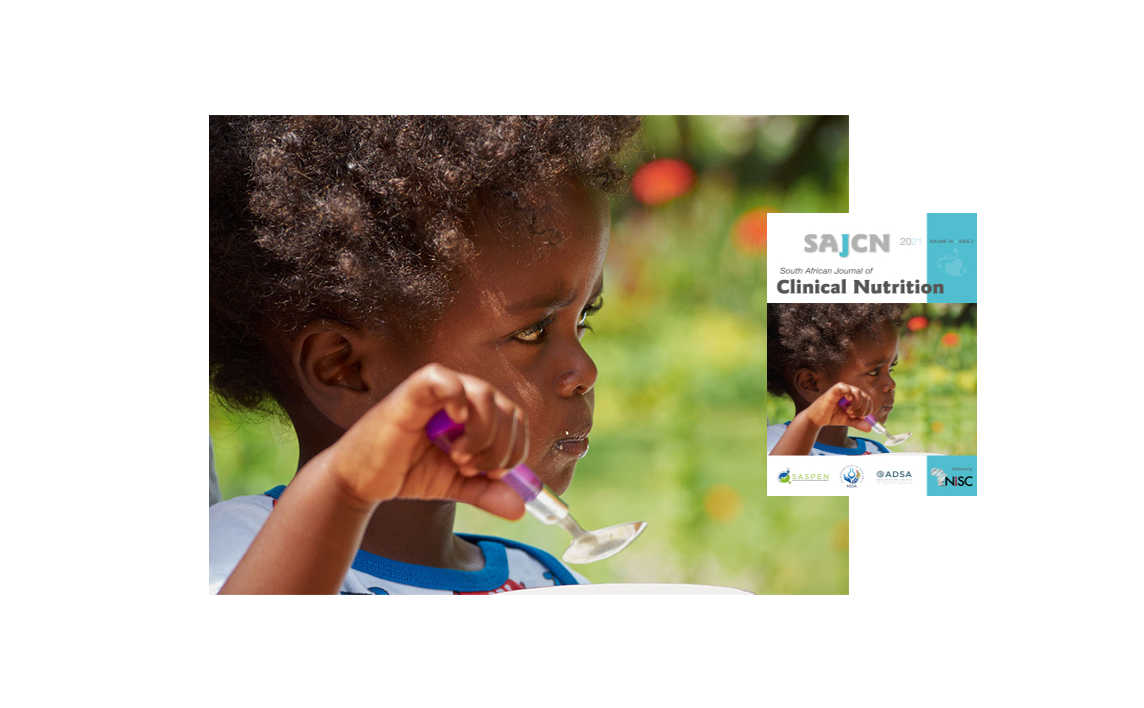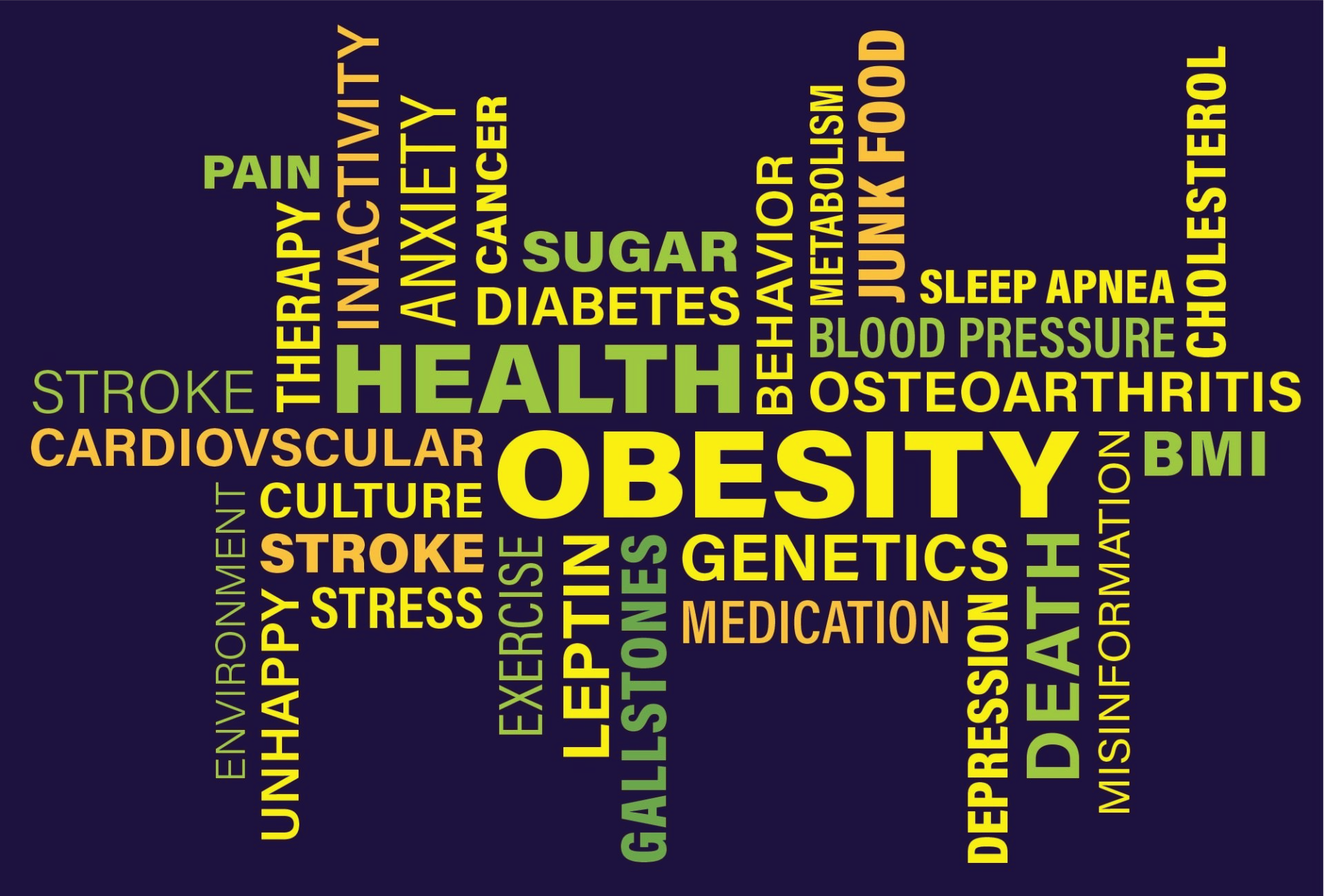RESEARCH: ARTICLE About Weight Management
by ACTION
Recommendations for preventing excess weight gain and obesity
Almost all countries (high-income and low-income alike) are experiencing an obesity epidemic, although with great variation between and within countries. In low-income countries, obesity is more common in middle-aged women, people of higher socioeconomic status and those living in urban communities. In more affluent countries, obesity is not only common in the middle-aged, but is becoming increasingly prevalent among younger adults and children. Furthermore, it tends to be associated with lower socioeconomic status, especially in women, and the urban--rural differences are diminished or even reversed.
General strategies for obesity prevention
The prevention of obesity in infants and young children should be considered as high priority.
For infants and young children, the main preventive strategies are:
The promotion of exclusive breastfeeding;
avoiding the use of added sugars and starches when feeding formula;
instructing mothers to accept their child’s ability to regulate energy intake rather than feeding until the plate is empty;
assuring the appropriate micronutrient intake needed to promote optimal linear growth.
For children and adolescents, prevention of obesity implies the need to:
Promote an active lifestyle;
limit television viewing;
promote the intake of fruits and vegetables;
restrict the intake of energy-dense, micronutrient-poor foods (e.g. packaged snacks);
restrict the intake of sugars-sweetened soft drinks.
Additional measures include modifying the environment to enhance physical activity in schools and communities, creating more opportunities for family interaction (e.g. eating family meals), limiting the exposure of young children to heavy marketing practices of energy-dense, micronutrient-poor foods, and providing the necessary information and skills to make healthy food choices.
.sit amet, consectetur adipiscing elit, sed do eiusmod tempor incididunt ut labore et dolore magna aliqua. Ut etiam sit amet nisl purus in mollis nunc sed. Vel elit scelerisque mauris pellentesque pulvinar pellentesque habitant morbi tristique. Vitae elementum curabitur vitae nunc. Cras pulvinar mattis nunc sed blandit libero. Ut morbi tincidunt augue interdum velit. Nulla facilisi nullam vehicula ipsum. Sit amet massa vitae tortor condimentum lacinia. Blandit aliquam etiam erat velit scelerisque. Fermentum et sollicitudin ac orci phasellus egestas.
In Developing Countries
In developing countries, special attention should be given to avoidance of overfeeding stunted population groups.
Nutrition programmes designed to control or prevent undernutrition need to assess stature in combination with weight to prevent providing excess energy to children of low weight-for-age but normal weight-for-height.
In countries in economic transition, as populations become more sedentary and able to access energy-dense foods, there is a need to maintain the healthy components of traditional diets (e.g. high intake of vegetables, fruits and NSP). Education provided to mothers and low socioeconomic status communities that are food insecure should stress that overweight and obesity do not represent good health. Low-income groups globally and populations in countries in economic transition often replace traditional micronutrient-rich foods by heavily marketed, sugars-sweetened beverages (i.e. soft drinks) and energy-dense fatty, salty and sugary foods.
These trends, coupled with reduced physical activity, are associated with the rising prevalence of obesity.
Strategies are needed to improve the quality of diets by increasing consumption of fruits and vegetables, in addition to increasing physical activity, in order to stem the epidemic of obesity and associated disease
Eating behaviours
Eating behaviours that have been linked to overweight and obesity include snacking/eating frequency, binge-eating patterns, eating out, and (protectively) exclusive breastfeeding. Nutrient factors under investigation include fat, carbohydrate type (including refined carbohydrates such as sugar), the glycemic index of foods, and fibre.
Environmental issues are clearly important, especially as many environments become increasingly ‘‘obesogenic’’ (obesity-promoting).
Physical activity
Physical activity is an important determinant of body weight. In addition, physical activity and physical fitness (which relates to the ability to perform physical activity) are important modifiers of mortality and morbidity related to overweight and obesity. There is firm evidence that moderate to high fitness levels provide a substantially reduced risk of cardiovascular disease and all-cause mortality and that these benefits apply to all BMI levels. Furthermore, high fitness protects against mortality at all BMI levels in men with diabetes. Low cardiovascular fitness is a serious and common comorbidity of obesity, and a sizeable proportion of deaths in overweight and obese populations are probably a result of low levels of cardio-respiratory fitness rather than obesity per se. Fitness is, in turn, influenced strongly by physical activity in addition to genetic factors. These relationships emphasise the role of physical activity in the prevention of overweight and obesity, independently of the effects of physical activity on body weight.
More about Obesity & Resent Articles and Events

Obesity rates are rapidly increasing in the African Region, as in most parts of the world.
There is a common misconception that obesity and other noncommunicable diseases (NCDs) only occur among the wealthy.
Strategy for the prevention and control of Obesity in South Africa - 2015 - 2020
Act today for a healthier future. HSF supports the World Obesity Federation (WOF) in the initiative to stimulate and support practical actions to address obesity.
ACTION
African Centre for Obesity Prevention
PARTNERS
Join our growing list of partners, including:
Preventing obesity for a healthier tomorrow
Business Hours
- Mon - Fri
- -
- Sat - Sun
- Closed
About Us
Contact
Office:
+27 10 447 3721
E-mail:





